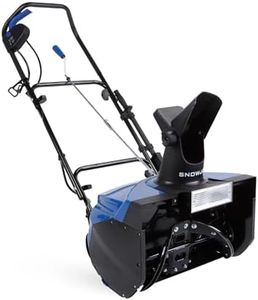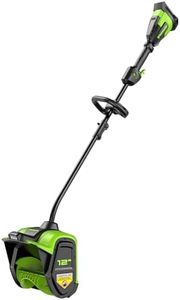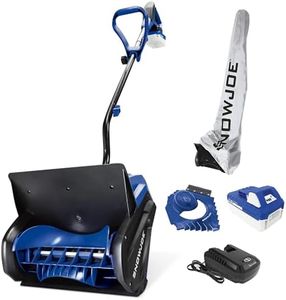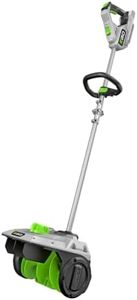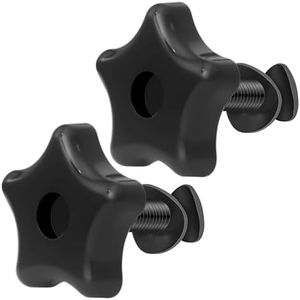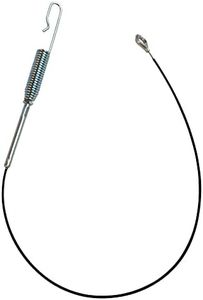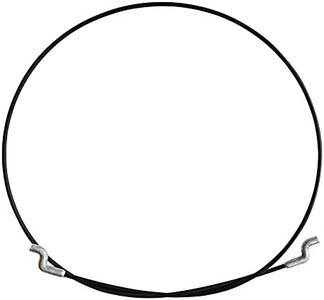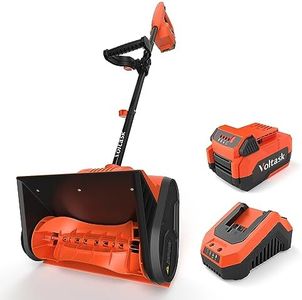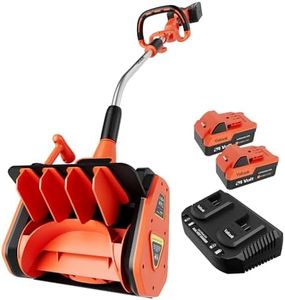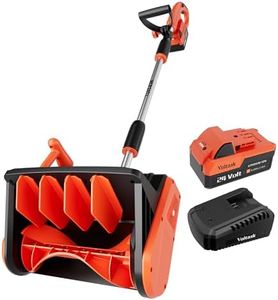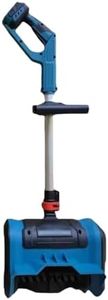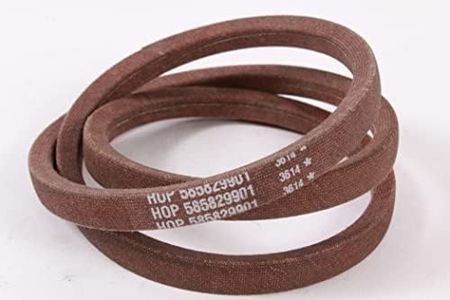We Use CookiesWe use cookies to enhance the security, performance,
functionality and for analytical and promotional activities. By continuing to browse this site you
are agreeing to our privacy policy
10 Best Snow Blowers
From leading brands and best sellers available on the web.Buying Guide for the Best Snow Blowers
Choosing a snow blower can make a big difference in how easily and quickly you clear snow from your driveway or pathways. Finding the best snow blower for your situation means considering the size of your property, the amount and type of snow you typically get, and how much effort you want to put into snow removal. Understanding the most important specifications will help you match a snow blower to your climate, property layout, and comfort level.Type (Single-Stage, Two-Stage, Three-Stage)The type of snow blower refers to how the machine moves and discharges snow. Single-stage models use a single auger and are lightweight, best for light-to-moderate snowfalls and smooth, paved surfaces. Two-stage blowers add a fan or impeller for more power, letting you clear deeper, heavier snow and handle gravel or uneven driveways. Three-stage machines add a third step to break up hard-packed snow and ice even faster, great for areas with frequent, heavy snow. Your pick should depend on how much snow you get, the size of the area you clear, and whether you deal with heavy or icy accumulation.
Clearing Width and Intake HeightClearing width means how wide the machine clears snow in one pass, while intake height is how deep it can handle. Wider and taller models clear more snow faster, perfect for large driveways or big areas. Narrower and shorter snow blowers take longer but are easier to handle on small walkways or tight spots. Choose a combination that matches the area you need to clear regularly and the typical depth of snowfall you face.
Power Source (Gas vs. Electric)Snow blowers can be powered by gas engines or electricity (corded or battery). Gas-powered models are powerful and ideal for big jobs or heavy snow, but they're noisier, heavier, and need regular maintenance. Electric snow blowers—corded or battery—are lighter, quieter, and easier to start, but are usually best for light snow on smaller areas. If you have a short, paved driveway and get moderate snow, electric might suit you. For tougher tasks and wet or deep snow, gas is usually preferred.
Throwing DistanceThrowing distance tells you how far the snow blower can toss the cleared snow. Longer distances keep the snow well away from your cleared paths, while short-throw models are best for small yards where you don’t want to hit the neighbors. If you have a wide open space, longer throw is handy; for enclosed areas or where space is tight, a shorter throw is sufficient.
Drive Type (Self-Propelled or Manual Push)Self-propelled snow blowers move forward on their own, making them easier to manage over large or sloped areas, while manual push versions rely on your strength to move them. If you have a big driveway or mobility concerns, self-propelled models are easier on your body. For flat, small areas, a manual push can be easier to maneuver and store.
Chute ControlChute control lets you direct where the snow is discharged. Some snow blowers require you to adjust it manually at the chute, while others have levers or even joystick controls from the handle. Convenient controls are more comfortable when clearing larger areas or changing direction often. If you value quicker, smoother use, look for easy chute adjustment.
Weight and SizeThe weight and overall size affect how easily you can handle and store the snow blower. Heavier models tend to be more powerful but harder to move, while lighter ones are easy to use but less suited for deep snow. Consider your own strength, storage space, and how often you'll need to lift or carry the machine.
Start MechanismSnow blowers usually start with either a manual recoil cord or an electric start button. Electric starts are easier, especially on cold days, while manual cords require a bit more effort but don’t need electricity. If you value convenience or have difficulty with pull cords, go for electric start; if you want basic dependability, manual may suffice.
